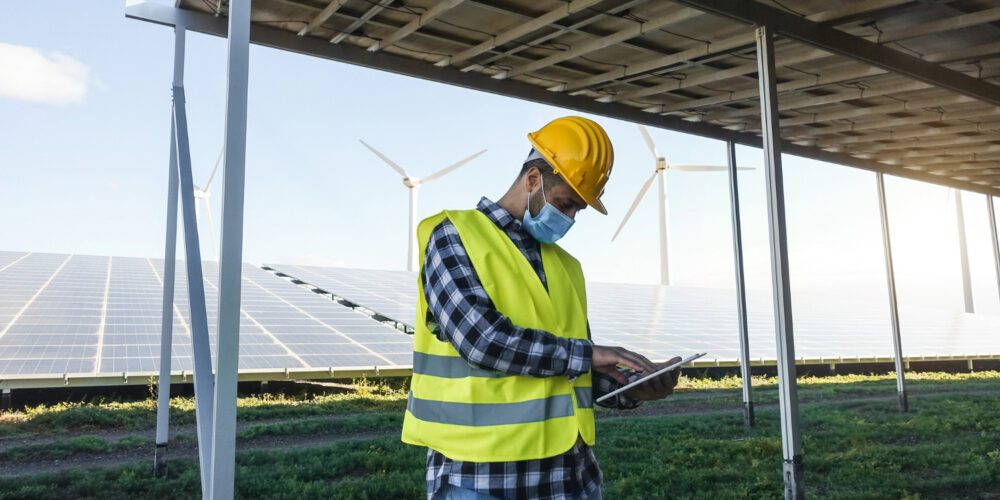Romania, among the European countries that exceeded their renewable energy target in 2020

Romania reached its 2020 EU renewable energy target of 24% of final energy consumption coming from renewable sources a few years ago. To reach its 30.7% renewable energy target for 2030, Romania plans to add about 7 GW of new renewable capacity, of which about 3.7 GW are projected to be solar projects, according to the plan.
In terms of energy consumption, in 2019, just over 24% of energy consumption came from renewable energy sources, placing our country in 10th place in the EU and above the Union average.
In 2020, electricity production in Romania was composed of 12.4% wind energy, 3.4% from solar photovoltaic panels, while 27.6% of electricity production came from hydropower. In total, the production of renewable energy (wind, photovoltaic and biomass) was 16%.
Romania has witnessed a decline in the attractiveness of renewable energy, partly due to a lack of adequate regulations and adequate government support. According to the latest renewable energy country attractiveness index, once among the top 40 most attractive countries in terms of renewable energy in 2015 (34th place), in 2020 our country has fallen below this top, being overtaken by countries European countries such as Poland, Greece and Austria.
However, in the context of the introduction of the European Green Deal, several multinational energy companies have assimilated the wave of changes and implemented the sustainability agenda in their business strategy. At the same time, they announced their intention to invest in clean energy projects at the local level.


